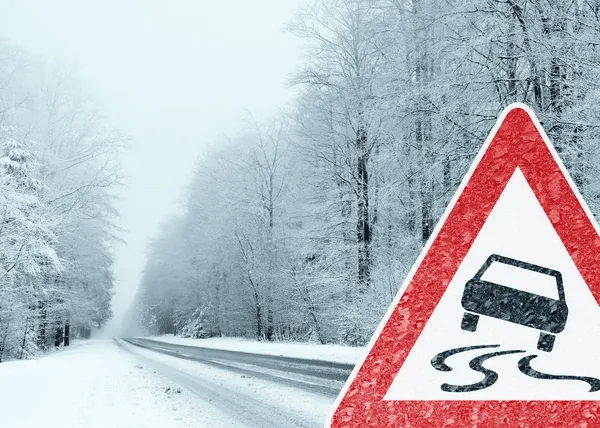Grey Fleet Winter Driving
Winter conditions can be unpredictable and hazardous for all types of vehicles, from passenger cars to pool vehicles. Heavy snowfall, icy roads, and freezing temperatures can make driving especially dangerous, so it’s important to take extra precautions when heading out on the road. Whether you’re driving a personal car or a pool vehicle, there are a few things you should know about winter driving safety.
The most obvious danger when it comes to winter driving is the risk of skidding due to slippery roads. Ice and snow can make it difficult to control your vehicle, so it’s important to slow down and increase the distance between you and other vehicles. Make sure to keep your headlights on at all times and allow yourself plenty of time to get where you’re going.
Associated Risks
Another risk associated with winter driving is reduced visibility. Low light conditions and heavy snow can make it hard to see the road ahead, so always use your wipers and defroster to keep your windshield clear. Additionally, be aware of potential hazards such as potholes, black ice, and snow banks which can all contribute to an accident.
Be Prepared
Finally, it’s important to be prepared for any situation. Carry a mobile phone in case of emergencies and keep an emergency kit in your vehicle with items like food, water, blankets, first-aid supplies, and tools like a shovel and ice scraper. It’s also wise to familiarize yourself with local winter driving laws so that you can stay safe and compliant while behind the wheel. For instance, many states require that drivers carry tire chains during snowy weather.
Grey Fleet & Other Vehicle Types
When it comes to pool vehicles, grey fleet, and company cars, employers have a responsibility to ensure these vehicles meet their organization’s health and safety standards for winter driving. This means making sure these vehicles are well-maintained, equipped with the proper tyres, stocked with necessary safety supplies, and regularly inspected. Employers should also provide training on how to drive safely in winter conditions, including topics like managing speed and acceleration, braking techniques, and proper tire pressure.
Driving safely during winter requires attention and preparation; however, following these tips can help ensure everyone stays safe behind the wheel during cold weather months.

